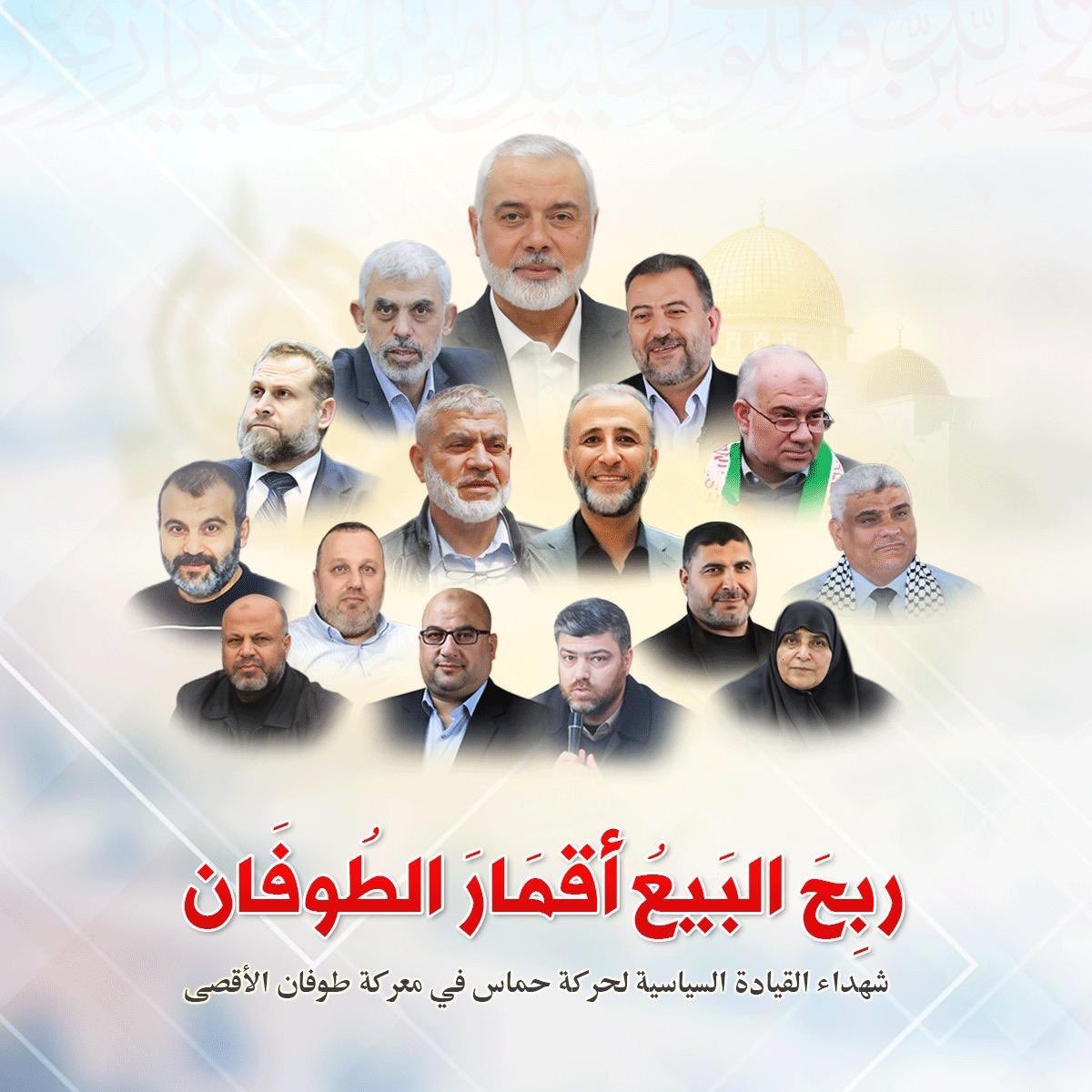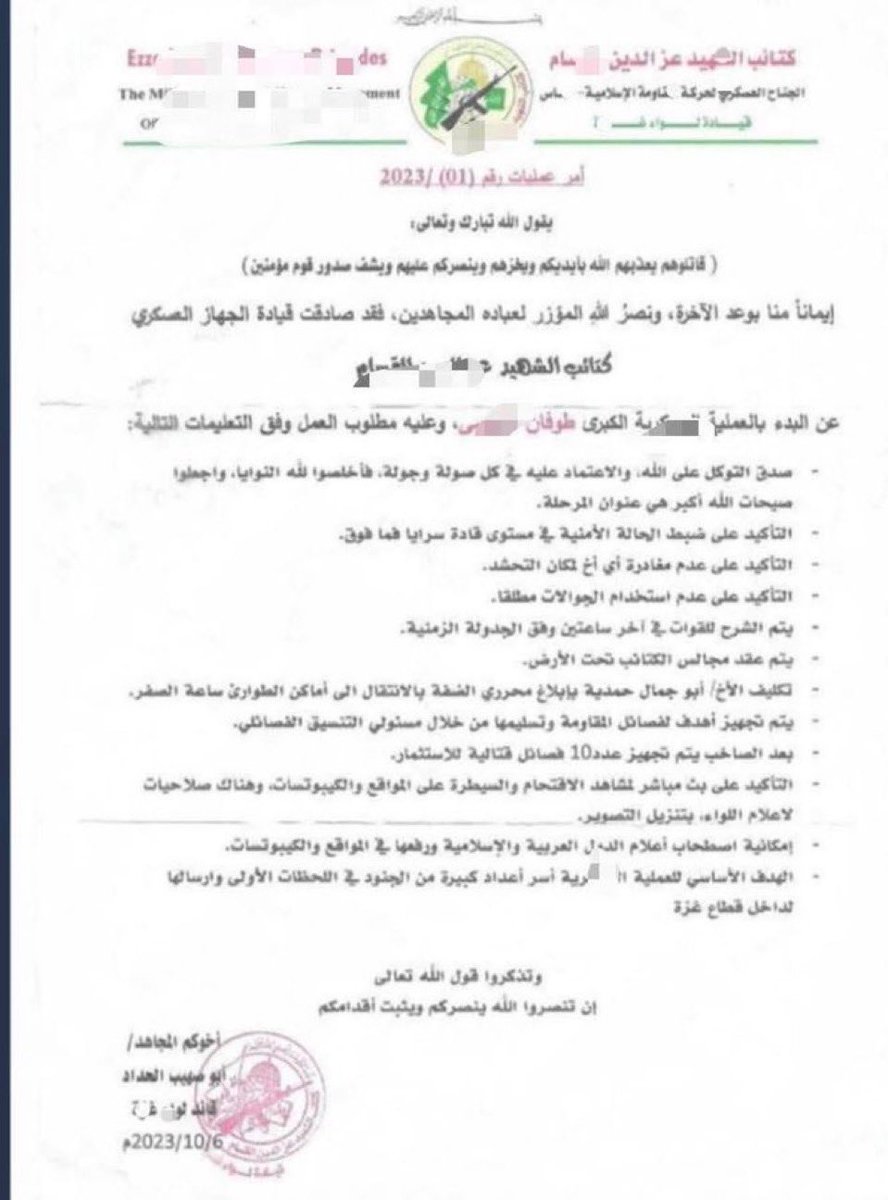The Will of the Martyr Journalist Saleh Al-Jaafrawi
In the name of God, the Most Gracious, the Most Merciful Praise be to God, Lord of the Worlds, who said: “And do not think of those who have been killed in the way of Allah as dead. Rather, they are alive with their Lord, receiving provision.”
I am Saleh. I leave this will, not as a farewell, but as a continuation of a path I chose with certainty.
God knows that I exerted all my effort and strength to be a support and voice for my people. I lived the pain and oppression in all its details, tasted the sorrow and loss of loved ones repeatedly, yet I never hesitated to convey the truth as it is, the truth that will remain a proof against all who were negligent and silent, and also an honor for all who supported, aided, and stood with the most honorable men and dearest and most generous people of Gaza.
If I am martyred, know that I have not disappeared... I am now in paradise, with my companions who preceded me;
with Anas, Ismail, and all the loved ones who were true to their covenant with God.
I advise you to remember me in your prayers and to continue the journey after me. Remember me with ongoing charity, and remember me whenever you hear the call to prayer or see the light breaking through the night of Gaza.
I advise you to resist...
to follow the path we walked, and the approach we believed in.
For we knew no other path for ourselves, nor found meaning in life except in steadfastness upon it.
I advise you about my father... the beloved of my heart and my role model, in whom I saw myself and who saw himself in me... O you who accompanied me through the war with all it entailed... I ask God that we meet in paradise with you pleased with me, O crown of my head.
I advise you about my brother, my teacher, and companion on my path, Naji, O Naji... I preceded you to God before you were released from prison,
so know that this is a destiny written by God, and that longing for you dwells within me, I wished to see you, to embrace you, to meet, but God's promise is true, and our meeting in paradise is closer than you think.
I advise you about my mother...
O my mother, life without you is nothing. You were the unceasing prayer, the wish that never dies. I prayed to God to heal you and grant you wellness, and how much I dreamed of seeing you travel for treatment and return smiling.
I advise you about my brothers and sisters, God’s pleasure and then your satisfaction is my goal, I ask God to make you happy and to make your lives as good as your tender hearts, which I always tried to be a source of happiness for.
I always used to say:
Do not let the word fall, nor the image.
The word is a trust, and the image is a message, carry it to the world as we carried it.
Do not think that my martyrdom is an end, but rather the beginning of a long path towards freedom. I am a messenger of a message I wanted to reach the world, to the world with closed eyes, and to those silent about the truth. And if you hear of my news, do not weep for me. I have long wished for this moment, and I asked God to grant it to me. Praise be to God who chose me for what He loves.
And to all who wronged me in my life with insults or false accusations, I say to you: here I am departing to God as a martyr, God willing, and with God the adversaries will meet.
I advise you about Palestine... about Al-Aqsa Mosque... It was my wish to reach its courtyard, to pray there, to touch its soil. If I do not reach it in this world,
I ask God to gather us all there in the gardens of eternity.
O God, accept me among the martyrs, forgive me my past and future sins, and make my blood a light that illuminates the path of freedom for my people and family. Forgive me if I fell short, and pray for me mercy and forgiveness, for I have remained true to the covenant, and I did not change or alter.
Peace, mercy, and blessings of God be upon you.
Your brother, the martyr, God willing
Saleh Amer Fouad Al-Jaafrawi
12/10/2025
In the name of God, the Most Gracious, the Most Merciful Praise be to God, Lord of the Worlds, who said: “And do not think of those who have been killed in the way of Allah as dead. Rather, they are alive with their Lord, receiving provision.”
I am Saleh. I leave this will, not as a farewell, but as a continuation of a path I chose with certainty.
God knows that I exerted all my effort and strength to be a support and voice for my people. I lived the pain and oppression in all its details, tasted the sorrow and loss of loved ones repeatedly, yet I never hesitated to convey the truth as it is, the truth that will remain a proof against all who were negligent and silent, and also an honor for all who supported, aided, and stood with the most honorable men and dearest and most generous people of Gaza.
If I am martyred, know that I have not disappeared... I am now in paradise, with my companions who preceded me;
with Anas, Ismail, and all the loved ones who were true to their covenant with God.
I advise you to remember me in your prayers and to continue the journey after me. Remember me with ongoing charity, and remember me whenever you hear the call to prayer or see the light breaking through the night of Gaza.
I advise you to resist...
to follow the path we walked, and the approach we believed in.
For we knew no other path for ourselves, nor found meaning in life except in steadfastness upon it.
I advise you about my father... the beloved of my heart and my role model, in whom I saw myself and who saw himself in me... O you who accompanied me through the war with all it entailed... I ask God that we meet in paradise with you pleased with me, O crown of my head.
I advise you about my brother, my teacher, and companion on my path, Naji, O Naji... I preceded you to God before you were released from prison,
so know that this is a destiny written by God, and that longing for you dwells within me, I wished to see you, to embrace you, to meet, but God's promise is true, and our meeting in paradise is closer than you think.
I advise you about my mother...
O my mother, life without you is nothing. You were the unceasing prayer, the wish that never dies. I prayed to God to heal you and grant you wellness, and how much I dreamed of seeing you travel for treatment and return smiling.
I advise you about my brothers and sisters, God’s pleasure and then your satisfaction is my goal, I ask God to make you happy and to make your lives as good as your tender hearts, which I always tried to be a source of happiness for.
I always used to say:
Do not let the word fall, nor the image.
The word is a trust, and the image is a message, carry it to the world as we carried it.
Do not think that my martyrdom is an end, but rather the beginning of a long path towards freedom. I am a messenger of a message I wanted to reach the world, to the world with closed eyes, and to those silent about the truth. And if you hear of my news, do not weep for me. I have long wished for this moment, and I asked God to grant it to me. Praise be to God who chose me for what He loves.
And to all who wronged me in my life with insults or false accusations, I say to you: here I am departing to God as a martyr, God willing, and with God the adversaries will meet.
I advise you about Palestine... about Al-Aqsa Mosque... It was my wish to reach its courtyard, to pray there, to touch its soil. If I do not reach it in this world,
I ask God to gather us all there in the gardens of eternity.
O God, accept me among the martyrs, forgive me my past and future sins, and make my blood a light that illuminates the path of freedom for my people and family. Forgive me if I fell short, and pray for me mercy and forgiveness, for I have remained true to the covenant, and I did not change or alter.
Peace, mercy, and blessings of God be upon you.
Your brother, the martyr, God willing
Saleh Amer Fouad Al-Jaafrawi
12/10/2025
• • •
Missing some Tweet in this thread? You can try to
force a refresh










